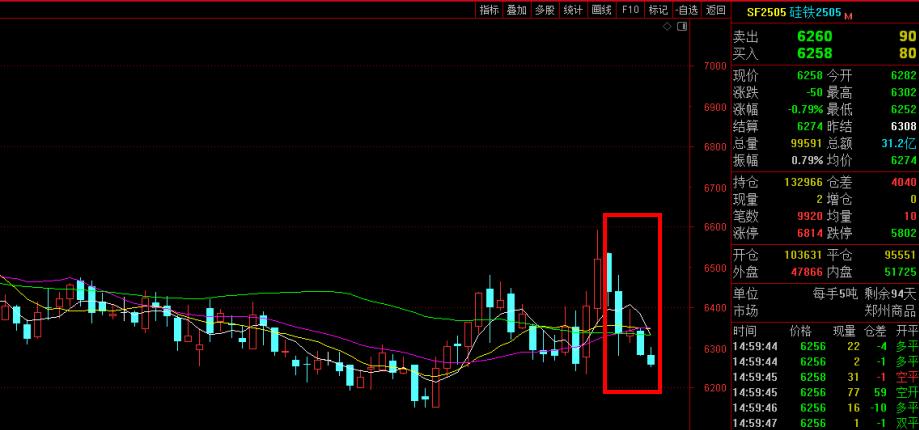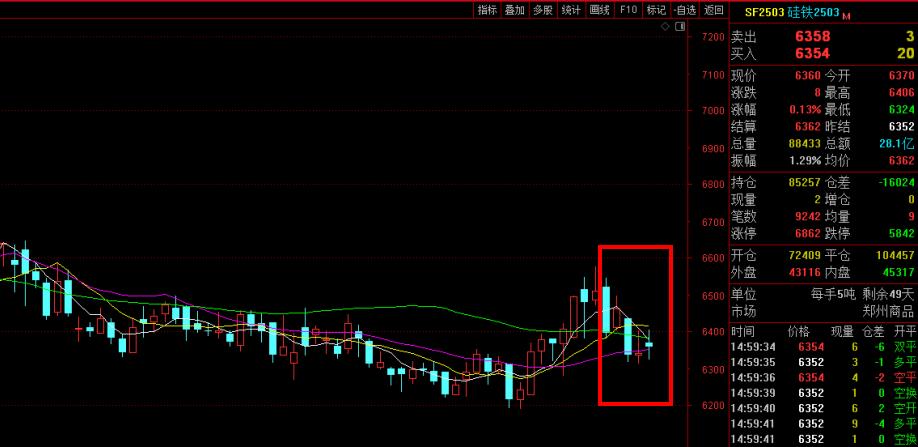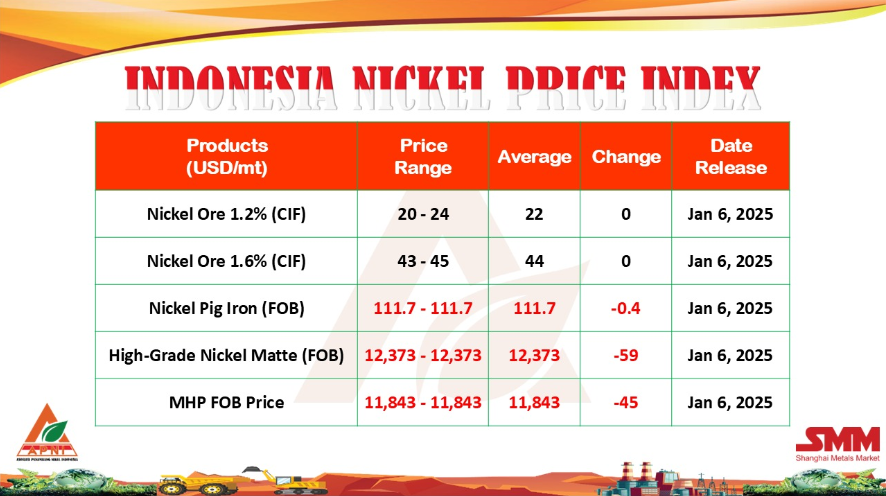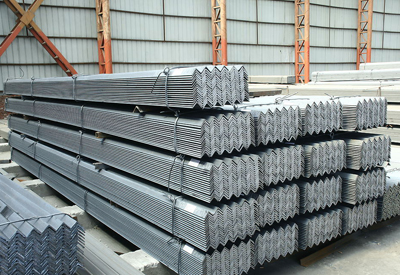[www.ferro-alloys.com] Cashed-up Chinese steel mills are chasing top quality iron ore to help increase output and meet Beijing’s tougher environmental standards, driving the premium for high-grade ore to its biggest in two years.
In the latest sign of renewed optimism among China’s steel producers as capacity cuts boost steel prices, producers are turning away from cheaper ore with a lower iron content, contributing to growing stockpiles at domestic ports.
The preference will help boost top miners such as Brazil’s Vale and Australia’s Rio Tinto and BHP Billiton, whose premium quality ore has been taking market share from China’s domestic producers.
Chinese steel prices have risen following mill closures and output curbs flowing from an environmental crackdown and Beijing’s efforts to tackle a supply gut, buoying mills’ profitability. China has promised to slash steel capacity by 45 million tonnes this year.
“We’ve had pretty good sales over past few months, as steel mills are profitable again since June,” said an iron ore trader in Beijing, who sells 65-percent iron ore.
“They like to buy higher grade ore as this can help increase steel output, leading to surging premiums.”
A tonne of 61.5 percent ore is currently selling for 445 yuan a tonne at eastern Rizhao port versus 370 yuan for a 58 percent ore.
Higher quality ores produce more steel for each tonne that is processed, helping to boost output, and can reduce emissions as less coke is used in the production process.
Some mills are also using larger volumes of more expensive lump ore to mix with fines to save on the sintering process, which creates a product that can be used in a blast furnace but is a major cause of pollution, traders said.
Traders said the greater interest from steel mills in higher quality iron ore, and reduced buying of poorer grades, had partly contributed to booming stockpiles at Chinese ports.
Inventories surged to a more than two-year high of 108.46 million tonnes by Aug. 23, data from industry website Custeel.com showed.
Rio Tinto’s Pilbara fines typically grade 61.5 percent, while BHP Billiton produces 63 percent grade Newman fines and 59 percent Yandi fines. Vale mines even higher grades, including 65 percent Carajas fines.
Chinese steel mills consume more than 70 percent of the global seaborne iron ore trade and produce about half of the world’s steel output.
**Article from Internet for reference only
- [Editor:tianyawei]



 Save
Save Print
Print Daily News
Daily News Research
Research Magazine
Magazine Company Database
Company Database Customized Database
Customized Database Conferences
Conferences Advertisement
Advertisement Trade
Trade














 Online inquiry
Online inquiry Contact
Contact

Tell Us What You Think